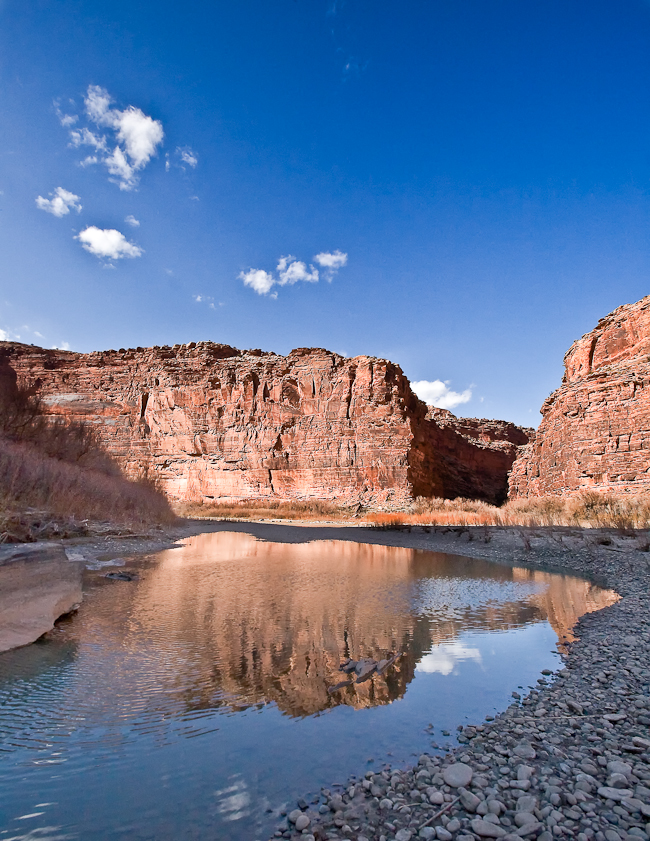Maybe you see what I see, maybe you don’t. The other day my youngest daughter ask me, “why do you take the pictures that you take?” WOW! Tough question. Honestly, when I’m in the field making images I try not to think too much about what I’m shooting and why, I just follow my “eye” and my instincts and let the world come to me. I guess that’s what some artists call following their muse. From the training I have received and from everything I’ve studied, I do have the basics of photography ingrained in my brain so I don’t have to “think” too much. Hopefully I am trained and have the instincts to see in a way that most other people don’t and to be able to capture an image that is interesting and pass it on to my audience.
When you look at a photograph, most likely you either immediately like it or you don’t. What is it about human beings that allows different people to see certain things so differently? Lots of people, besides photographers and artists struggle with this question everyday and I certainly won’t be able to answer it here. Some examples are teachers trying to reach their students, advertising agencies trying to get their message across to their target audience, or how about the police interviewing multiple “eye-witnesses” and getting completely different accounts.
In fine art photography the photographer is trying to relay their artistic vision at the moment the shutter clicked to their audience. How we as photographers go about doing that is a complex mix of timing, light, composition, subject, story, color, (or lack of color) hardware, software, and method of delivery. Sometimes the photo works and sometimes it fails completely. What makes a photo “work” is a sublime pursuit. It deals with human archetypes, cultural identity, and shared experience that few understand and even fewer are able to capture on a regular basis.
In this photo, taken in the Colorado River Gorge in Utah, do you see what I see?
I see a leading line (the curving edge of the water) that draws your attention into the picture and leads you to the primary subject, the cliffs. I see complimentary colors, blue sky and rust orange cliffs. I see a reflection of the cliffs in the water that pulls your attention back into the center of the picture and holds your interest. I see strong contrast between the bright blue sky, a few bright white clouds, the texture of the cliffs in the bright sun, the dark shadows of the side canyon and texture of the rocks along the shoreline in the shadows. What do you see?
M









 Subscribe to my RSS feed
Subscribe to my RSS feed Facebook
Facebook
Leave a Reply
You must be logged in to post a comment.